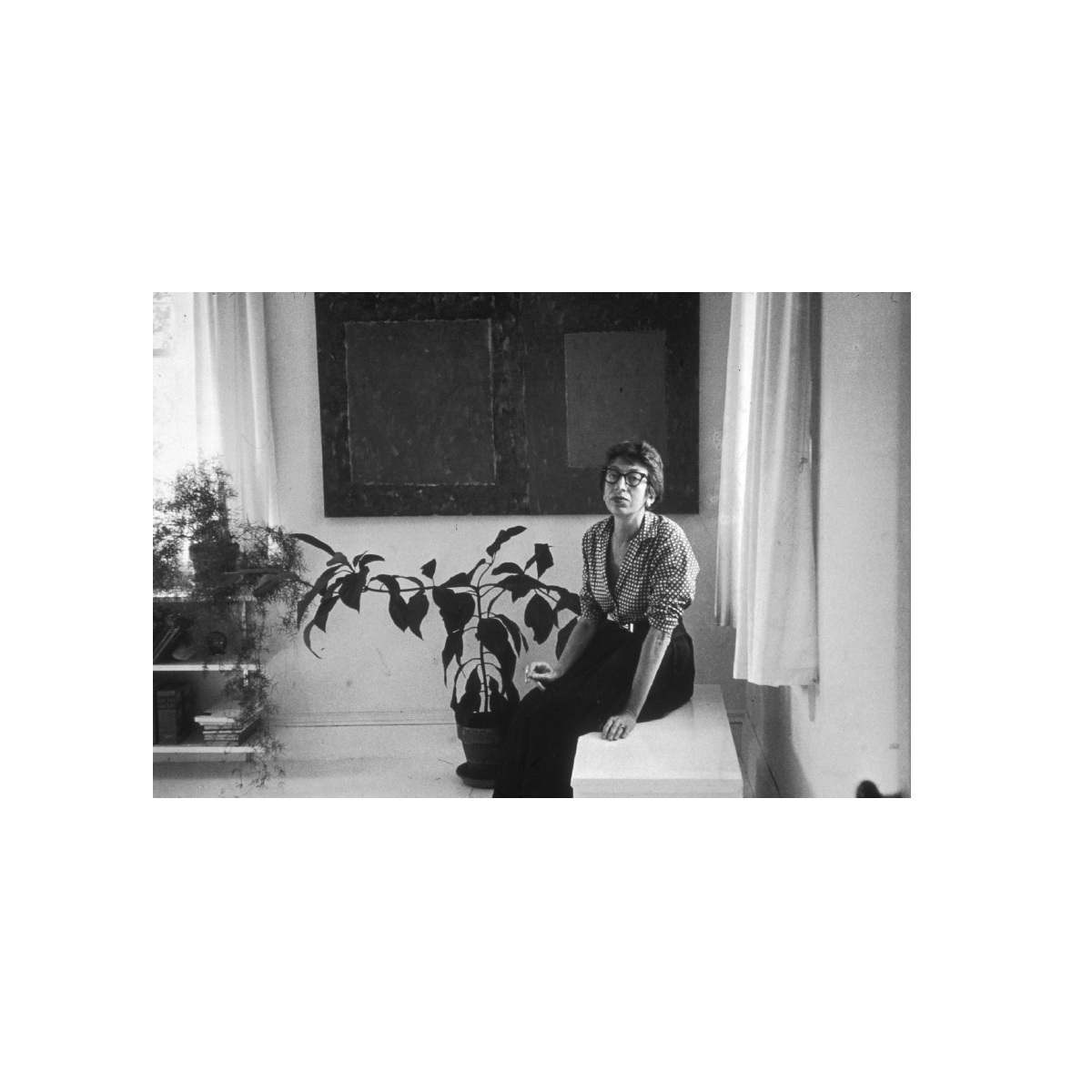Lee Krasner
“I like a canvas to breathe and be alive. Be alive is the point. And, as the limitations are something called pigment and canvas, let’s see if I can do it.”
Lee Krasner is most famously known as the wife of one the most famous contemporary artist’s Jackson Pollock. What many do not know is that she also was an artist herself and was by many accounts the catalyst that sprung Pollock into his successful career. Being the wife of a successful artist can many times paint someone in a one dimensional light but Lee’s career was prolific, that spanned beyond Pollock. Early in her career she lived as what many describe as a “struggling artist” graduating right in the middle of the Depression. The economy was struggling in American and Lee did all that she could with finding jobs to help support her art career. Eventually she was able to land a job painting murals for the WPA (Works Progress Administrations Public Works of Art Project). This program was the fruit of Franklin Delano Roosevelt’s art program. She worked for the program until 1943, when the agency was unfortunately dissolved. While she was working for the WPA she continued her art training by learning under esteemed German artist Hans Hoffman. It was here under his training her works started moving from more naturalistic forms into her more cubist and abstracted style she is known for.
Perhaps the most catalytic part of Lee’s career is her involvement with Jackson Pollock. The two developed a close relationship, which led to their marriage in 1945. Their love for art and mutual respect for each other’s works began their friendship, which turned into love. Lee believed in Pollock and championed his work and was a strong support for his famed career. She was with him during his years of intense alcoholism, which eventually led to his death in a car crash where he was driving intoxicated. She was in Paris as the time, but the accident happened near their home out in the country. Her grief and process through his death was seen in two later series she did including, Earth Green and Night Journey series. These works are full of intense emotions that reflect anger and grief. This intense emotion she felt during this time caused her art to develop into a more open-minded form of her self-expression. They pushed the boundaries of her art she had already been creating developed new concepts of art, which can be seen, in her color palettes with deep, deathly red tones. Lee’s career and life is colored with the memory of Pollock and his career, many times overshadowing her own works. Late in career she did receive attention for her works by receiving solo show at Whitney Museum in New York City before she passed away. Her works remain as an icon for the iconic Abstract Expressionist movement and style. Her works can be seen as an inspiration to many contemporary artists’ today with her use of line, color and composition reflect her modern sensibilities. May Lee be remembered for yes her championing support of Pollock but also her will to create inspiring works that would be used as an inspiration for artists alike to follow in her footsteps.
Written by Erin Remington







